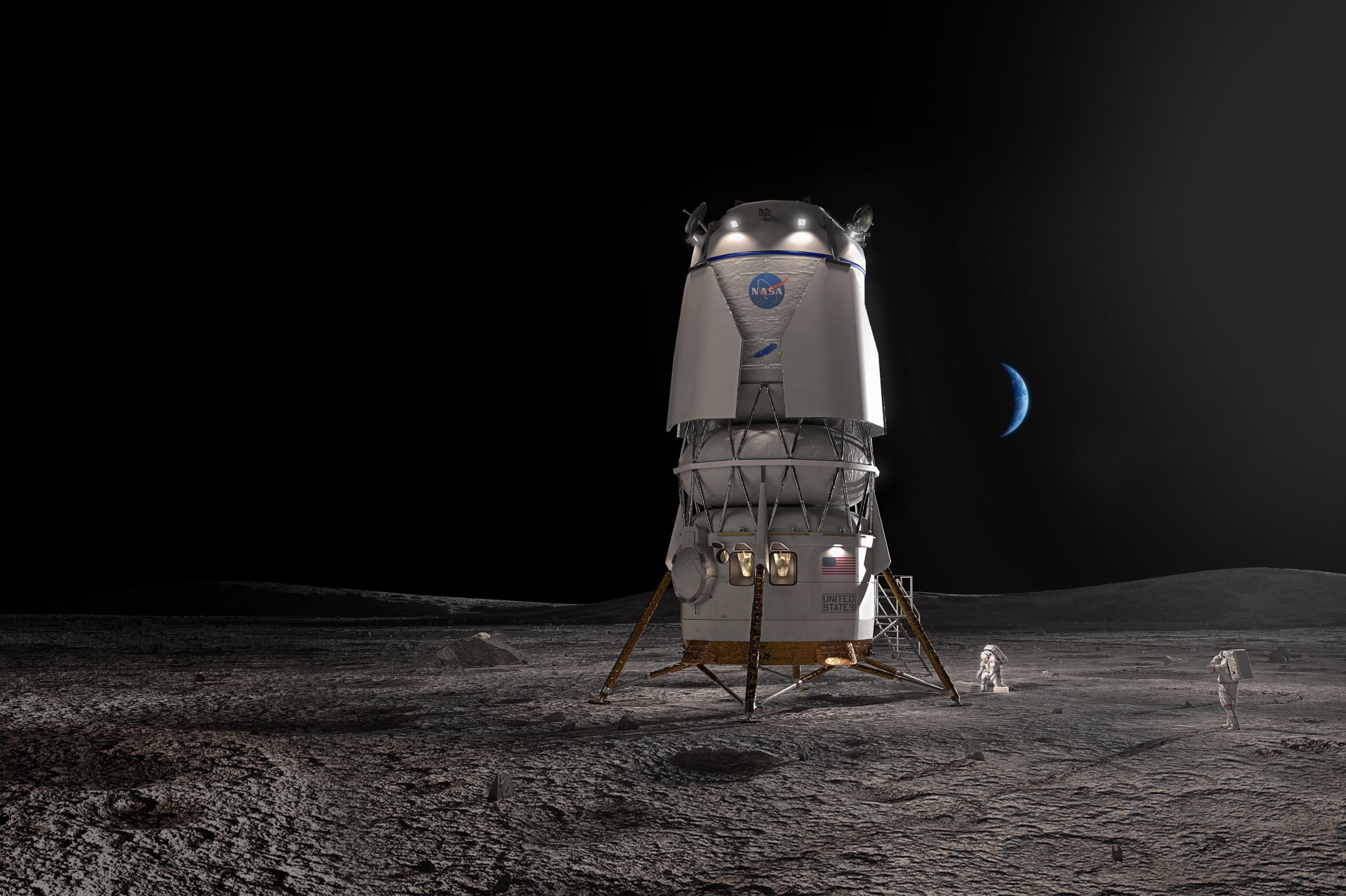BLUE ORIGIN PLEDGES TO SPEED NASA’S MOON TIMELINE

Commercial space races against delays
Blue Origin’s chief executive said the company will “move heaven and Earth” to help NASA make up lost time on its return-to-the-moon program, signaling that the Jeff Bezos–founded firm wants to prove its human lander is more than a paper design, Ars Technica reported on Monday. NASA’s Artemis schedule has slipped after launcher hiccups and budget uncertainty, and the agency needs both SpaceX and Blue Origin to deliver so it can keep a politically important cadence of lunar missions in the late 2020s. Blue Origin has already won NASA’s second human landing system contract, but to stay in the game it must show progress on engines, propellant transfer and integration with NASA’s Orion spacecraft. The CEO’s comments suggest the company is preparing to surge test activity and staff, even as it continues New Glenn launches for other customers. Behind the urgency is a recognition that Congress is watching: if one provider falls too far behind, lawmakers could push NASA to consolidate on the other. That would be a major blow to Blue Origin’s long-term plan to be a prime contractor for deep-space infrastructure.
Why this matters for the wider space industry
The pledge comes at an inflection point for commercial space. Companies have convinced governments they can lower costs and shoulder more risk, but they are now being judged on whether they can meet tight, crewed-flight safety bars. Artemis missions are more complex than past cargo runs: they require docking, life-support integration and precise lunar operations. NASA also wants redundancy so a single launch failure does not stall the whole program. If Blue Origin can demonstrate hardware on time — especially its BE-4 engine and lander elements — it strengthens the case for a multi-vendor future in human spaceflight. If it stumbles, SpaceX’s Starship will have a freer hand, and other U.S. allies looking to the moon may align only with the proven option. For Europe, Japan and the UAE, which are eyeing payload slots on upcoming missions, a healthier U.S. commercial ecosystem means more opportunities. For now, NASA will welcome any acceleration; every month of delay risks bumping crewed landings into the 2030s, when political attention may wane. Blue Origin’s promise therefore reads not just as corporate bravado, but as an acknowledgment that the window to make lunar exploration feel real to voters is narrowing.






















